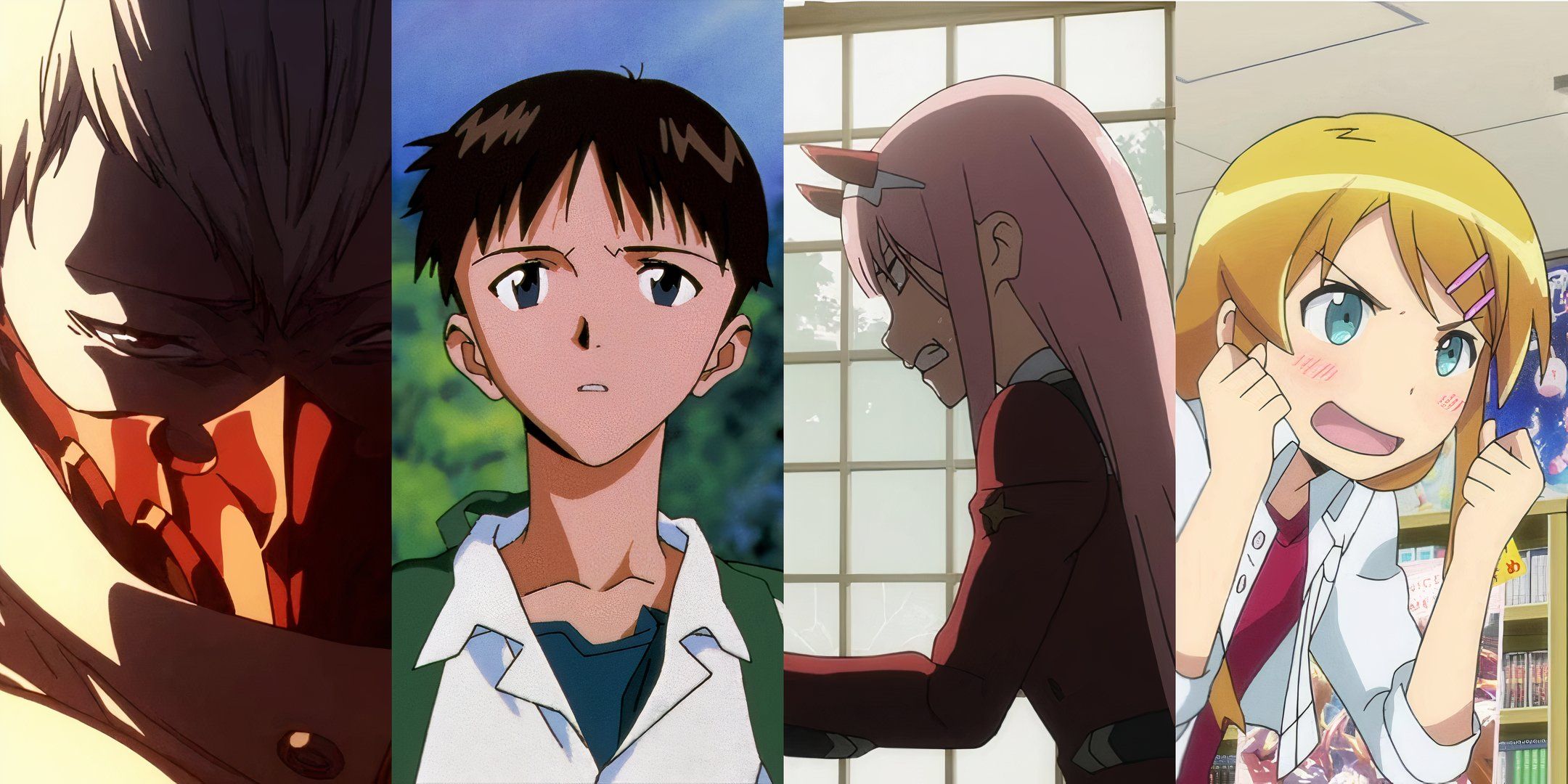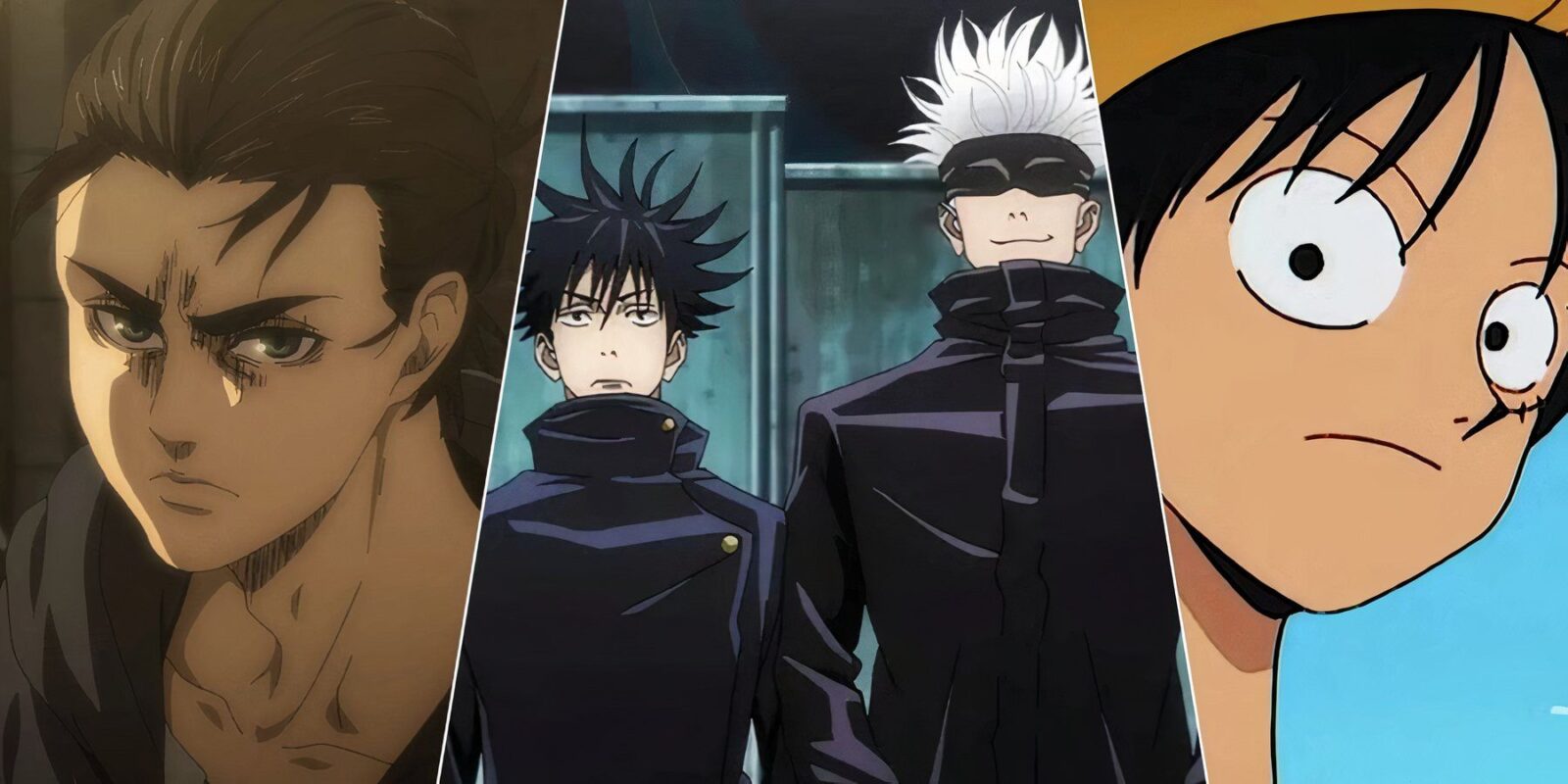Key Takeaways
- Anime is Japan’s soft power, showcasing culture through storytelling and iconic characters globally.
- Anime educates viewers about Japan’s rich culture and generates billions in revenue annually.
- Through detailed depictions of Japanese life, anime serves as a cultural tour guide, attracting tourists and fostering global community.
When you hear the word “anime,” you might think of action-packed battles, tear-jerking moments, or that one friend who won’t stop recommending One Piece. But anime is far more than just a form of entertainment. It’s a cultural phenomenon and a cornerstone of Japan’s soft power strategy.
Through vibrant storytelling and unforgettable characters, anime has transcended borders and captured the imagination of millions worldwide. It’s a way for Japan to export not just art, but values, traditions, and cultural identity. At this point, everyone has heard about anime. This shows its importance as a global ambassador, shaping perceptions and strengthening cultural ties.

Related
8 Best Fantasy Anime Of 2024, Ranked
2024 was a fantastic year for fantasy anime, and out of the many great series that aired this year, these were the very best.
Soft Power 101: A Quick Dive
Well, Soft Power Has Been Delivering Some Hard Blows
Soft power, coined by political scientist Joseph Nye, refers to a nation’s ability to influence others through culture, values, and diplomacy rather than force or coercion. For Japan, anime has become a cornerstone of this influence by bridging cultures and creating a lasting impression on global audiences.
Why does this work? Because anime doesn’t just deliver entertainment. It carries elements of Japanese language, customs, and philosophies and subtly educates viewers about Japan’s rich culture. Once a niche interest, it now commands billions of dollars annually, with the overseas market surpassing domestic revenues for the first time in 2020. Major streaming platforms like Netflix and Crunchyroll invest heavily in anime and make it accessible to millions of subscribers worldwide.
Moreover, anime conventions, from Anime Expo in Los Angeles to Japan Expo in Paris, draw enormous crowds and foster a shared global community of fans. This proves how big anime has become in just a matter of years.

Related
Best Fall 2024 Anime, Ranked
Dragon Ball, Bleach, Re:ZERO, Dandadan, and Uzuamki are just a few shows striving to be the best anime of Fall 2024.
Anime as a Cultural Tour Guide
Where Cherry Blossoms Meet Chaotic Fight Scenes
Ever noticed how much detail anime devotes to depicting Japanese life? From food to festivals, it’s like a travel brochure in motion. Watching My Neighbor Totoro can make you nostalgic for rural Japan you’ve never visited. On the other hand, anime like Jujutsu Kaisen showcases bustling urban life in Tokyo. This attention to cultural details makes Japan tangible and intriguing to viewers.
The impact is measurable. Japan’s tourism surged dramatically before the pandemic, with many visitors citing anime as a key reason for their interest in the country. Visiting iconic anime locations, such as the Ghibli Museum or the streets of Akihabara, becomes a dream for fans.
Cultural Exchange Through Storytelling
At its heart, anime’s strength lies in storytelling. Unlike Western cartoons that are often aimed solely at children, anime spans genres and age groups, tackling themes from coming-of-age struggles to existential philosophy. This narrative depth resonates globally and offers fresh perspectives and shared human experiences.
Take Attack on Titan, for instance. While set in a fictional world, its exploration of freedom, oppression, and morality strikes a chord with viewers worldwide. Japan’s government and businesses understand anime’s appeal and leverage its iconic characters as global ambassadors.
How Could Anything Be More Important Than Keeping Humanity From Being Wiped Out? – Eren Yaeger
Pikachu, the lovable face of Pokemon, is a prime example. From World Cup appearances to Pokemon-themed airplanes, Pikachu isn’t just selling games, it’s selling a positive image of Japan. Anime characters also make their way into diplomacy. Japan has appointed characters like Doraemon as “anime ambassadors” to promote its culture overseas. These figures transcend language barriers, appealing to universal emotions and sparking curiosity about Japan’s traditions and values.

Related
The Evolution of Villains in Anime: From Stereotypes to Complex Characters
Anime villains have evolved from one-dimensional stereotypes to complex characters with deep motivations that challenges ideas of good and evil.
Japan’s Anime Legacy
The Heartbeat of Japan’s Soft Power
Anime is something more than a world phenomenon; it is a cultural bridge to the heart of Japan. It shows its tradition, values, and creativity, thus enhancing Japan’s image in the world while trying to understand other cultures.
Next time you binge-watch the anime version of Attack on Titan or sob a storm through every episode of Your Lie in April, just remember one thing. You’re not just reading, hearing, or listening to stories; you’re part of a larger global movement, episode after episode. With each chapter, the cultural bonds grow stronger, as you revel in the art and magic woven into the stories told through Japan.

Next
10 Anime With The Most Controversial Endings
Not all anime provide satisfying conclusions. Here are some anime endings that proved to be incredibly controversial for various reasons.












Leave a Reply